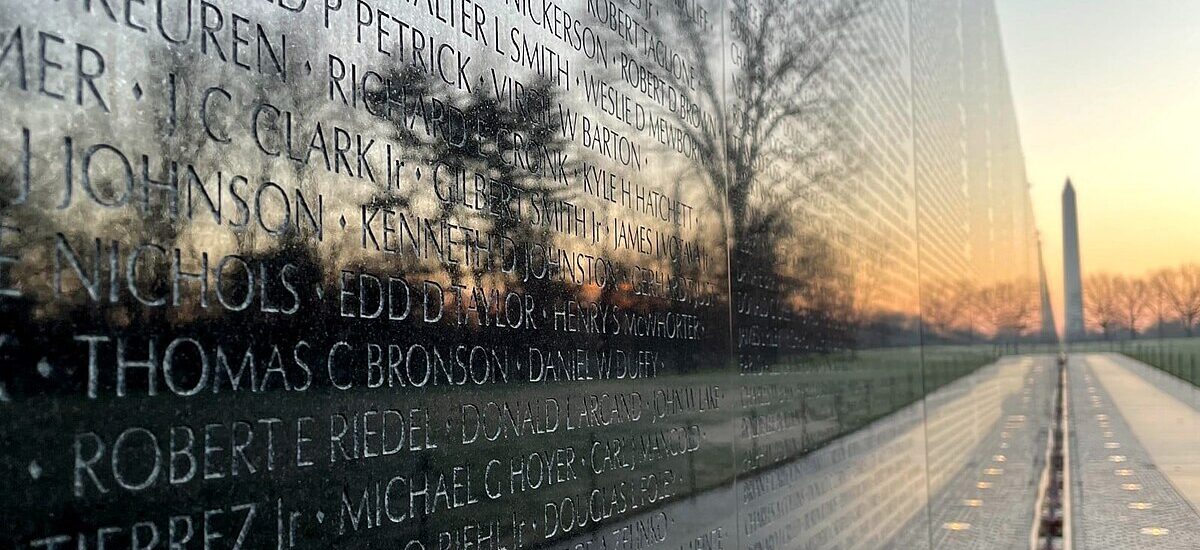The Vietnam Era Veterans Memorial in Oregon stands as a poignant reminder of the Vietnam War’s impact and a tribute to the brave servicemen and women who served during this tumultuous period in history. Established in 1982, the memorial’s design was initially controversial for its minimalist approach, yet it has become a revered symbol of healing and remembrance. The black granite wall, inscribed with the names of over 58,000 service members who lost their lives or remain missing, offers a powerful visual representation of the war’s human cost.
The memorial was designed by Maya Lin, an American architect whose vision transformed the traditional concept of war memorials. Her design, which she submitted as a 21-year-old undergraduate student, was revolutionary for its time. The wall’s V-shape points one end towards the Washington Monument and the other to the Lincoln Memorial, symbolically connecting the memorial to the nation’s broader history and struggles.
Visitors to the memorial often experience a personal journey as they walk along the wall, tracing the names etched in chronological order of their death. This design choice emphasizes the continuity and relentless passage of time during the war. Each name tells a story, a life cut short, and a sacrifice made. The symbols beside the names indicate whether the individual was confirmed dead or missing in action, adding layers to the narrative of each name.
Nearby, the Vietnam Women’s Memorial and ‘The Three Servicemen’ statue complement the wall, offering additional perspectives on the war’s impact. These elements honor the diverse roles and sacrifices made by different groups during the Vietnam War.
The Vietnam Era Veterans Memorial serves not only as a site of remembrance but also as an educational tool, prompting reflection on the complexities and consequences of war. It reminds us of the bravery and resilience of those who served and the importance of peace and reconciliation.






